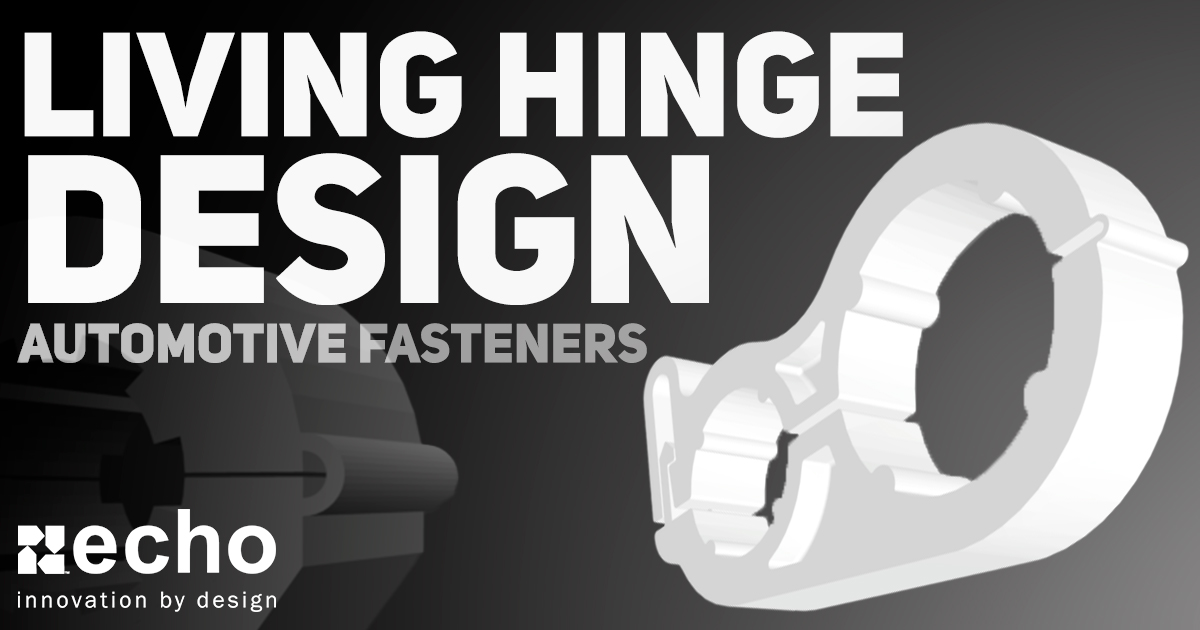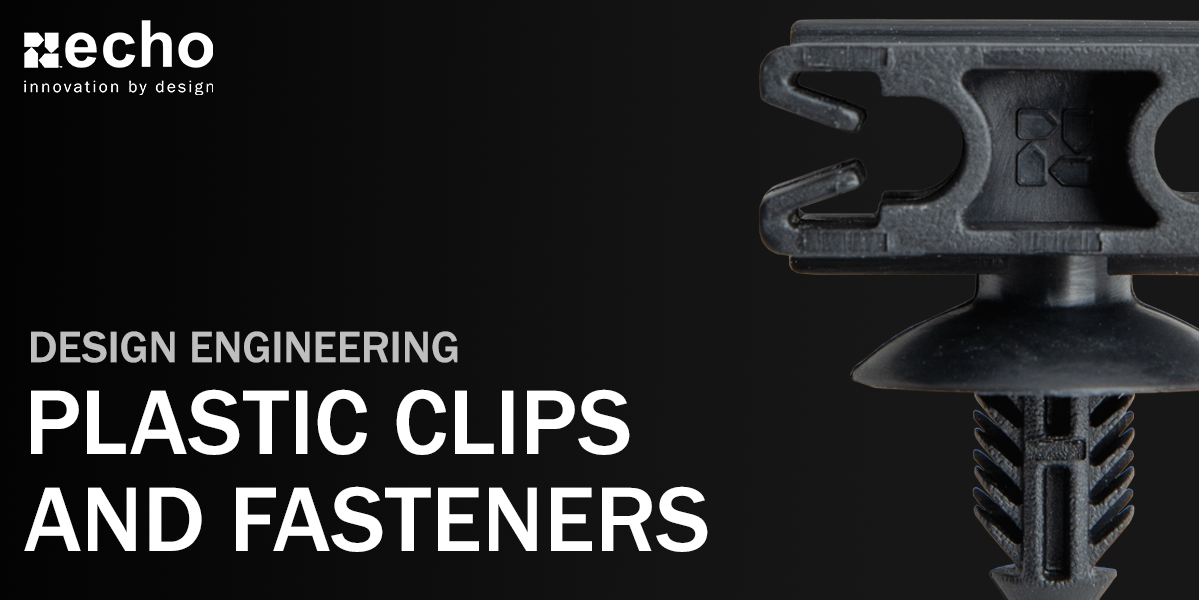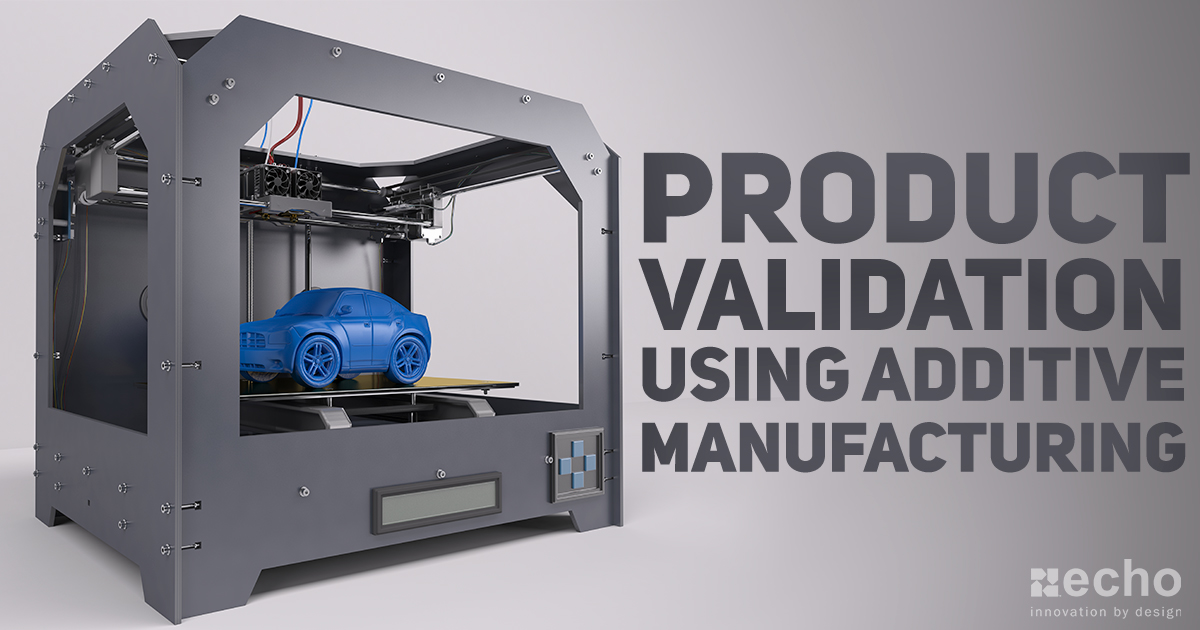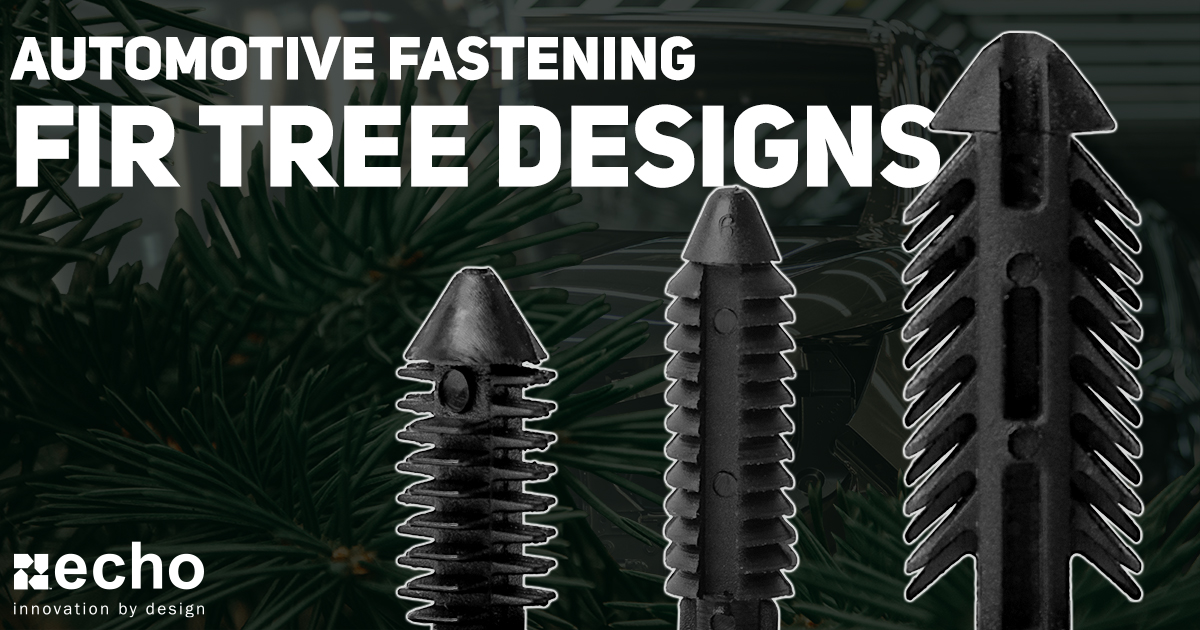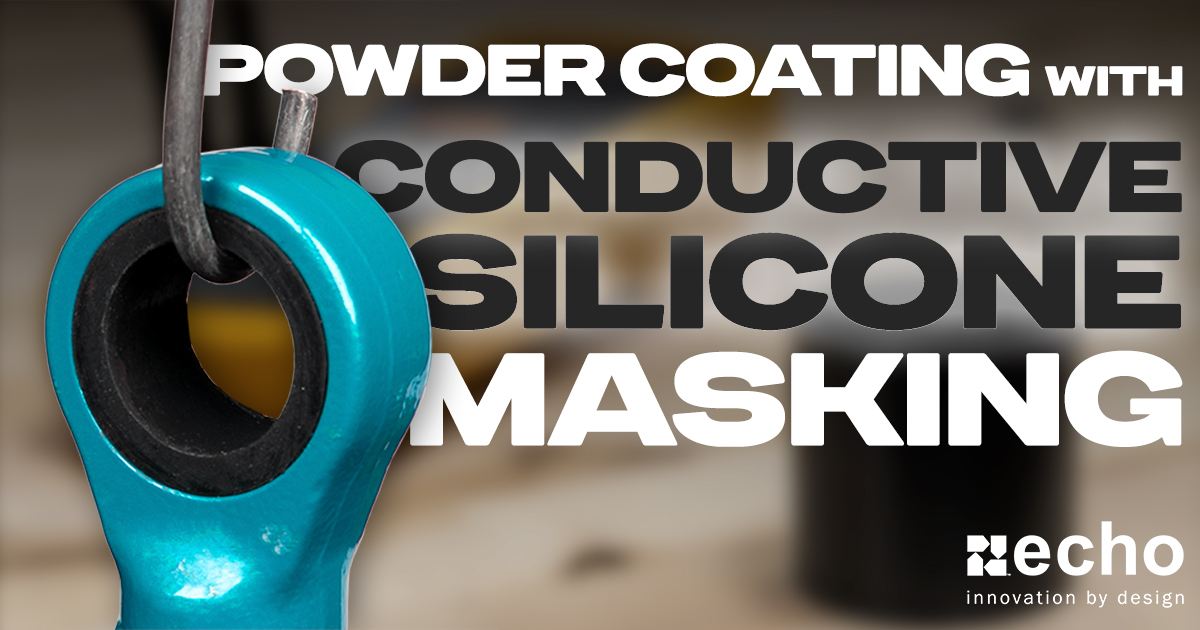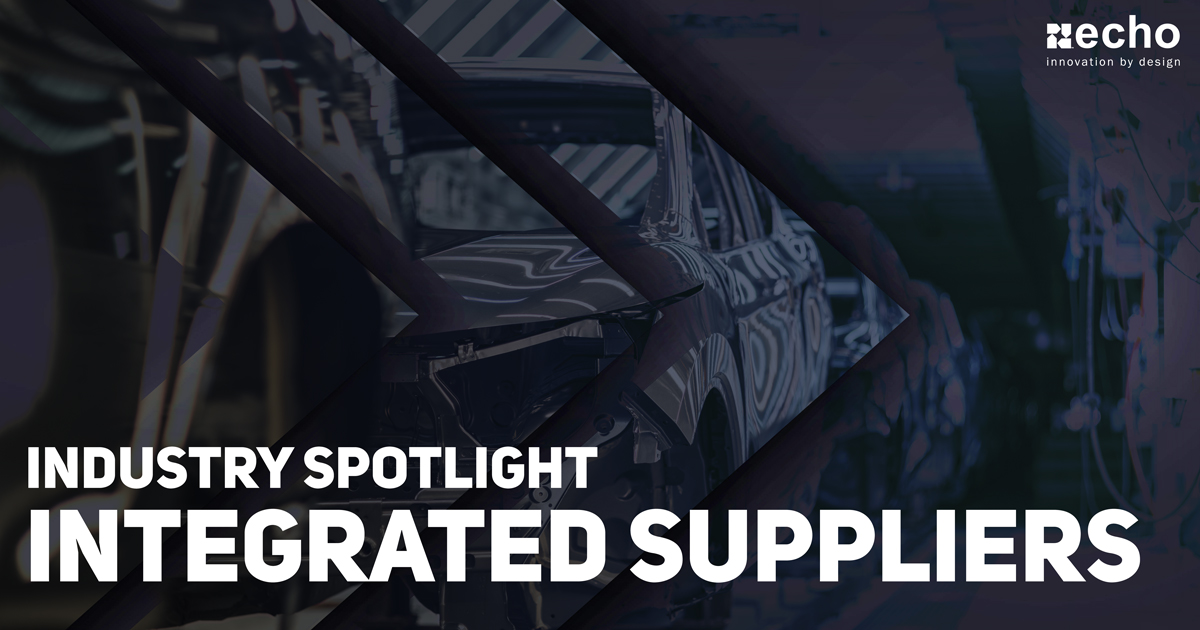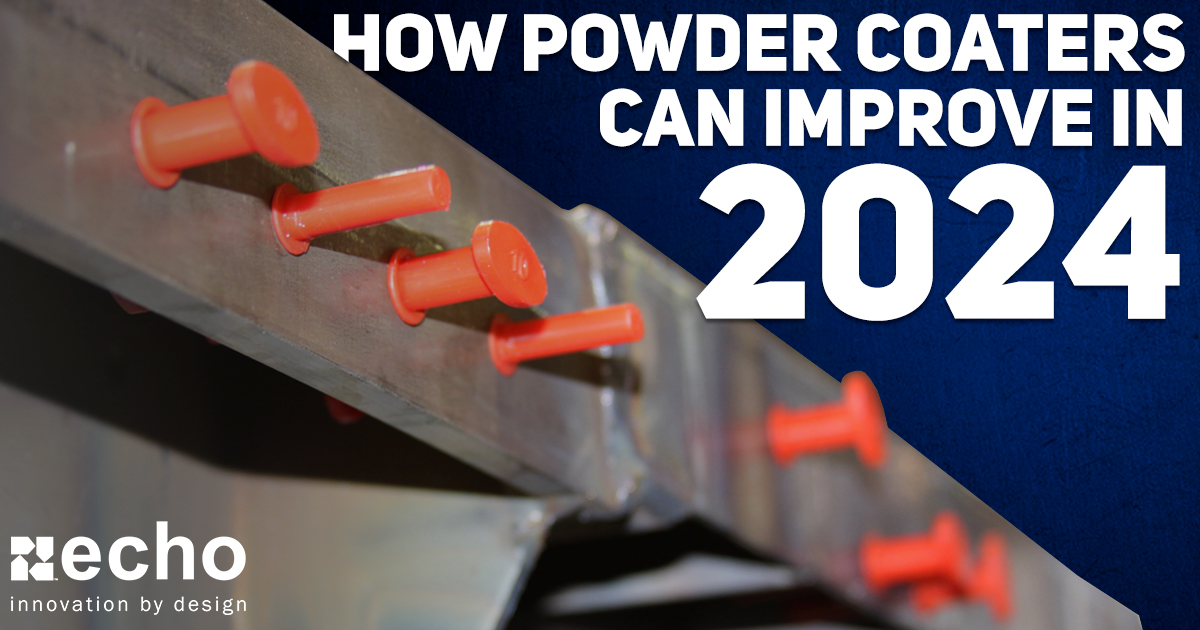Converting Metal Brackets and Fasteners to Plastic
-
 By
Lee Lechner
By
Lee Lechner - Mar 3, 2023
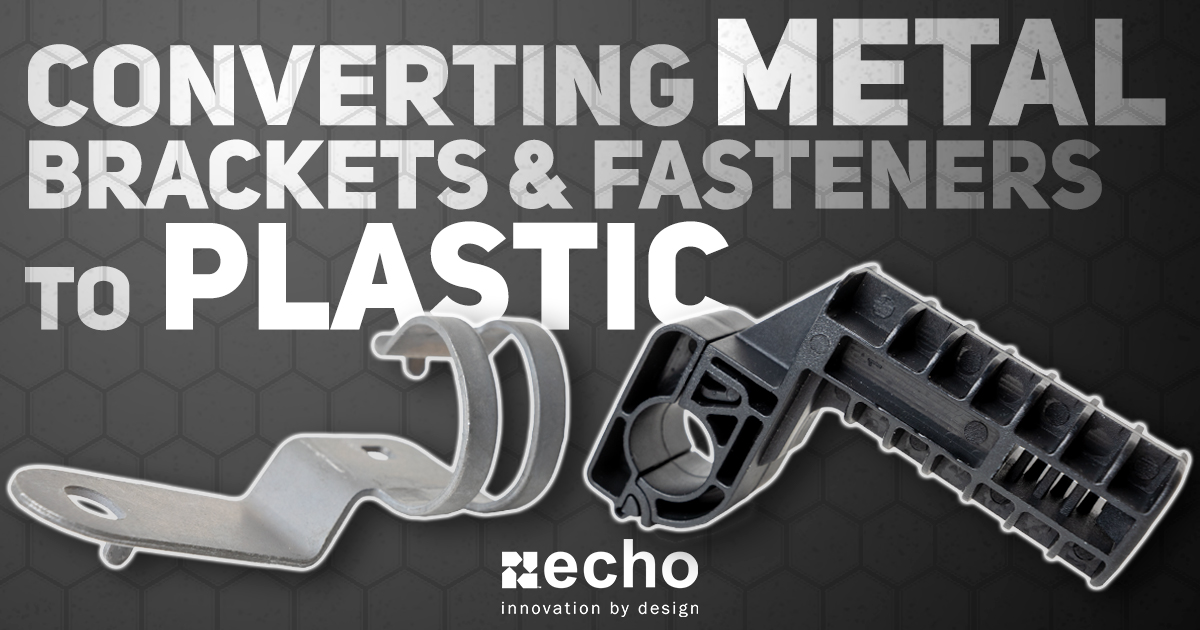
Automotive manufacturers have used metal fasteners as a norm for decades. However, as car manufacturers continue to focus on reducing the weight of their vehicles to improve fuel and battery efficiency, there has been a growing interest in replacing metal fasteners with plastic alternatives. This shift is driven by several factors, including plastic's lighter weight, corrosion resistance, and the ability to mold and shape plastic into complex geometries.
One of the main advantages of plastic fasteners over metal fasteners is their weight. Depending on the design, plastic fasteners can be upwards of 75% lighter than their metal counterparts. This difference can significantly impact the overall weight of a vehicle, leading to improved fuel/battery efficiency and reduced emissions. Additionally, plastic fasteners do not rust or corrode like metal fasteners, which can lead to increased durability and longer service life.
Pros & Cons of Converting to Plastic
Making a significant change in the automotive industry is a challenging task, so we put together a list of the pros and cons of converting metal to plastic so that you're more equipped to determine if this change is the right option for you.
Pros
- Lightweight: Plastic parts are much lighter than metal parts, which can help reduce the product's overall weight. In many cases, the weight will be reduced by 25-50% or more.
- Cost savings: Converting to plastic has several cost savings benefits, including reduced time to produce each piece (saving you on labor), and the reduced weight will save you a lot on shipping charges.
- Part consolidation: Injection molded clips and fasteners can give you the ability to reduce the number of pieces needed by integrating living hinges and push-in fasteners to replace metal hinges and mounting screws/bolts.
- Design flexibility: Plastic can be easily molded into complex shapes, which can help reduce the manufacturing process's cost and complexity.
- Low friction: Plastic parts tend to experience lower friction than metal parts, which can help to reduce wear and tear on the product.
- Weather resistance: Plastic parts tend to be more resistant to weather and corrosion than metal parts.
- Customizability: Plastic can be made in various colors, textures, and shapes to fit the exact needs of the product and application.
- Electrical insulation: Plastics are good electrical insulators and can be used to protect electrical components.
Cons
- Lower strength: Plastic is not as strong as metal, so plastic parts may not withstand as much load or stress as metal parts.
- Lower heat resistance: Plastic is not as heat resistant as metal, so plastic parts may not be able to withstand high temperatures as well as metal parts.
- Deformation: Depending on the design and material used, plastic parts can deform more easily under load, which might lead to part failure.
- Recycling issues: Many plastics are not easily recyclable or recyclable at all.
- Chemical resistance: Plastic parts may not be as resistant to chemicals as metal parts.
- Shrinkage: Plastic parts can shrink during the cooling process, leading to dimensional inaccuracies in the final product if designers don’t take the proper precautions.
Elements to Factor In When Designing Plastic Clips/Fasteners
With so many scenarios, we will keep this reasonably basic as to what elements must be factored in when switching from metal to plastic.
- Material selection: Different types of plastic have different properties, such as strength, flexibility, and resistance to heat and chemicals.
- Design for Moldability (DFM): Part moldability is crucial to how the part will turn out. Injection molders must determine how and where the material will flow in and any potential weak points that may cause the material to freeze off and not fully pack the cavity. We've seen designs with thin skirts that required more time to de-mold, which can and will impact scrap rate and potentially even piece price.
- Design: Metal is a very strong material, so if you're looking to completely convert a bracket to plastic, you'll likely need to make design alterations to improve its strength and ability to meet strict requirements. This includes a solid understanding of wall thickness, rib and gusset designs, fillets vs. sharp corners, and countless other design best practices.
Design Elements
A few critical fastening features that are commonly implemented into injection molded clips and fasteners that may differ from metal brackets include:
- Living Hinges: Living hinges are the thin, flexible joints that join two bodies and allow them to bend along the line of the hinge. Living hinges are an excellent alternative for brackets that need to wrap around products to maintain the hold. Part consolidation is a significant advantage of implementing a living hinge into your design. You won't need a separate hinge or a bolt to fasten the bodies down. With that said, injection molders and engineers need to factor in the material used, the corner radius of the hinge, hinge thickness, and a variety of other elements that will impact your ability to produce a successful part. Learn more here.
- Fir-Tree Fasteners: Fir-tree designs are an excellent option for replacing the need for a metal bolt/screw. This feature is typically designed at an upward angle to speed up the installation process and reduce insertion force because the fins only need to flex slightly when inserted into the installation hole. The fins' angles also make removal extremely difficult, helping improve retention force to ensure the part remains in place.
- Snap-Fit Locks: A feature used to lock clips into place when used on tubes and harnesses is typically a snap-fit lock. When designing this, engineers factor in the material, the amount of permissible deflection, the thickness of the base, the clip's width, moldability, and many other factors that will impact the feature's success.
Living Hinge
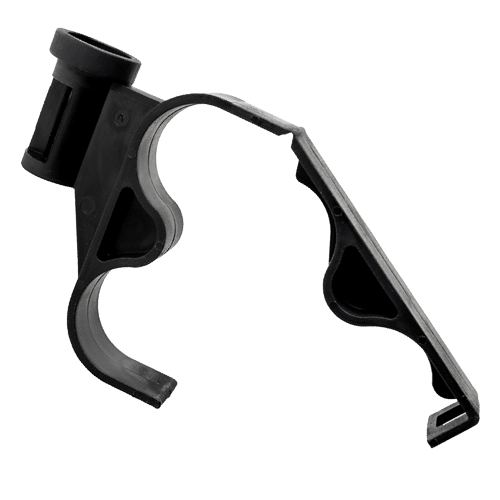

Fir Tree
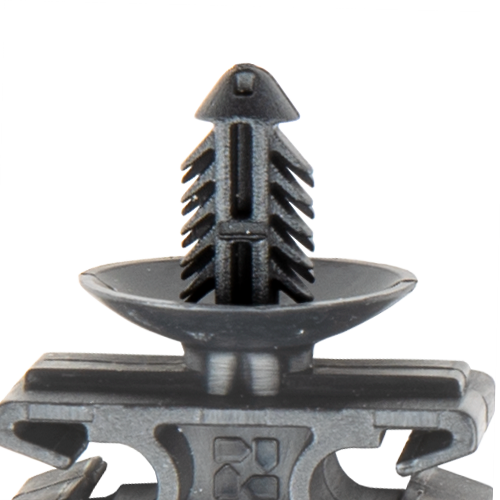

Snap-Fit Lock
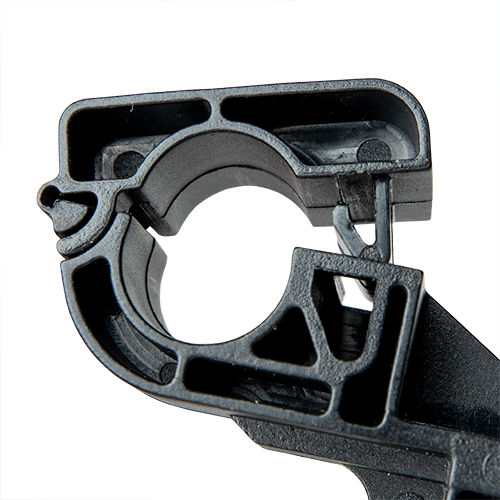

Using FEA
FEA (Finite Element Analysis) software is a powerful tool that can be used to help with the process of converting metal parts to plastic. This software allows engineers and designers to simulate the behavior of a product under a variety of different loads and conditions, helping to identify potential problems before the product is manufactured.
One of the main ways that FEA software is used to help convert metal to plastic is through simulation of the injection molding process. FEA software can be used to simulate the flow of the plastic as it is injected into the mold, helping to identify potential issues such as warping, shrinkage, or uneven wall thickness. By simulating the injection molding process, engineers and designers can optimize the design of the plastic part and ensure that it can withstand the loads and stress it will be subjected to during use.
Another important use of FEA software in converting metal to plastic is through simulation of the mechanical properties of the plastic part. This includes simulating the behavior of the plastic under different loads and conditions, such as bending, torsion, and impact. By simulating the mechanical properties of the plastic, engineers, and designers can ensure that the part can withstand the loads and stress it will be subjected to during use.
FEA software can also be used to simulate the thermal properties of the plastic part. This includes simulating the behavior of the plastic as it is heated and cooled during the manufacturing process, as well as the behavior of the plastic as it is exposed to different temperatures during use. By simulating the thermal properties of the plastic, engineers and designers can ensure that the part will withstand the loads and stress it will be subjected to during use.
Conclusion
At the end of it all, converting metal brackets to plastic has a solid amount of benefits to justify the change. The biggest thing you'll need to have is an understanding of plastic part design, the material used, and the injection molding process, which includes tooling.
If you're looking to make the conversion and need help designing the part from scratch or need a design review to ensure the part will work and be moldable, fill out the contact form below. Our in-house engineering team specializes in a variety of different injection molded fasteners that are used in a variety of automotive applications.



